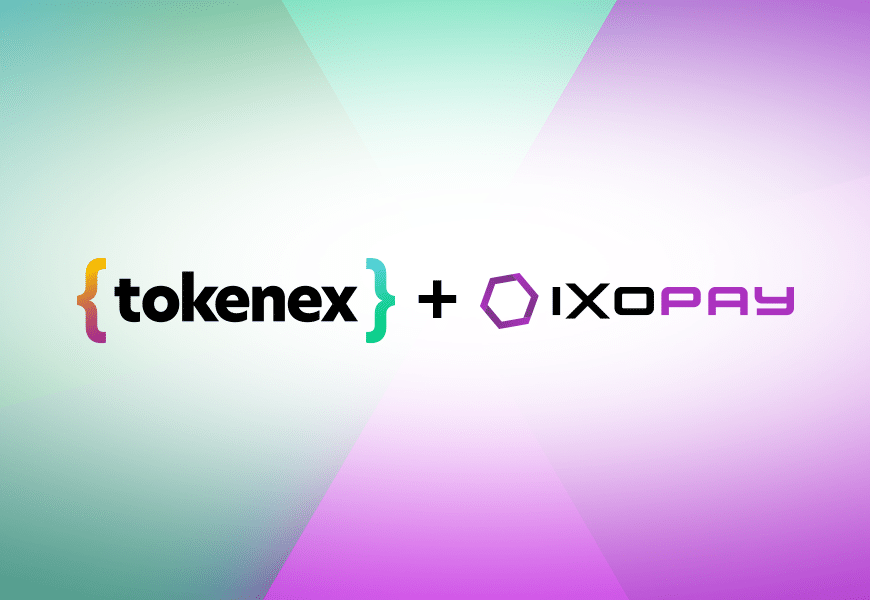How to Increase Transaction Approval Rates and Reduce Fees for High-Risk Merchant Accounts
High-risk merchant accounts face many challenges throughout their payment process. Two of these challenges are their lower transaction approval rates and higher fees, both of which can reduce a merchant’s overall revenue. High interchange fees and low approval rates have the same underlying cause: a high risk of fraud. Because of this, these two issues share similar solutions.
In this blog, we’ll quickly overview why merchants are categorized as high-risk, and then explore ways for merchants to reduce risk in order to increase approval rates and decrease fees.
What is a High-Risk Merchant Account?
A high-risk merchant account is a merchant account created by a payment processor and assigned to a high-risk business. This merchant account allows the business to accept card payments but will come with additional requirements and fees.
High-risk merchant accounts are assigned to a business for a number of reasons, some of which the business can control, and some of which they cannot. An account is considered “high risk” based on its potential for fraud and chargebacks. Simply existing in an industry with a high chargeback rate is enough to be considered a “high-risk” business.
High-risk industries include:
- Adult Entertainment
- Attorney Services
- Bail Bonds
- CBD
- Debt collection
- Electronics
- Gambling
- Gaming
- Multilevel Marketing
- Online Dating Services
- Pharmaceuticals
- Subscription Services
- Travel
- Vapes and E-cigarettes
There are several other factors that could influence the categorization of a business’s merchant account:
- If a business has a high transaction volume, accepting over $20,000 a month or averaging transactions over $500, they may be categorized as high risk.
- Accepting multiple currencies, or selling anywhere outside of the US, EU, CA, JPN, or AU may also categorize a merchant as high risk.
- Having a history of excessive chargebacks may categorize a merchant as high risk.
- Being a new merchant may categorize a merchant as high risk due to their lack of historical data.
- A low credit score may also classify a merchant as high risk.
There are extensive requirements a business must pass to be deemed a “low-risk” merchant by payment processing platforms. Some of these requirements will simply be impossible for newer merchants, or merchants in high-risk industries. Being higher risk means that a business will not only receive a higher chargeback rate by the nature of their business but will also be subject to higher chargeback fees from payment processors.
While high-risk merchants cannot easily change their merchant account status, there are two aspects of this puzzle that high-risk merchants can control: transaction approval rates and fees. With a little effort, a business can reduce the cost of being a high-risk merchant.
How to Increase Transaction Approval Rates
What is a Transaction Approval Rate?
A transaction approval rate is the number of approved transactions divided by total transactions. Declined transactions are transactions that don’t pass initial authorization. Declined transactions can be costly for merchants, with payment providers charging up to $2.50 per denied charge attempt.
While fees may be lower than $2.50, it’s important to keep in mind that high-risk merchants will often be paying higher fees for declined transactions than low-risk merchants. Because of this, it’s important to mitigate any issues that reduce approval rates.
Transactions are often denied because:
- The buyer has insufficient funds
- The buyer inputs incorrect payment information
- The merchant has outdated account information
- The merchant has network availability issues
- The merchant’s fraud mitigation tools denied the charge
- The issuer’s fraud mitigation tools denied the charge
False declines, and declined transactions where the payment information was legitimate, can impact a business’ revenue more than fraud. In a 2019 study, the Aite Group concluded that merchants lose up to 75x more revenue to false declines than they do to fraud. Even for high-risk merchants, who are more likely to receive truly fraudulent charges, managing false declines is essential.
How to Increase Approval Rates
Merchants can increase approval rates by reducing false declines while still utilizing systems to prevent fraudulent charges. Here are some ways to safely increase approval rates for your business:
Find an Effective Fraud Prevention Platform
Utilize a fraud prevention platform with a small margin of error when it comes to determining fraudulent charges. Some platforms will utilize both AI and human expertise before declining a charge. Other platforms will guarantee approval rates, covering chargebacks themselves. Here are the 7 Best Fraud Prevention Platforms with tools to prevent fraud and increase transaction approval rates.
Utilize Multiple Payment Gateways
With dynamic routing, a business can utilize multiple payment gateways, sending transactions to the payment gateway with the best approval rates. All high-risk merchant account payment gateways you consider should increase approval rates for at least one transaction type.
Automate Account Information Updates
Utilizing a tool like TokenEx’s Account Updater allows you to refresh outdated cardholder information within your system. This will help your business to reduce declined transactions and improve customer retention.
Add Currencies
Adding currencies for countries you accept a large number of payments from may increase cross-border transaction approvals. A transaction is more likely to be approved if a card is charged with the same currency the card is issued in.
Signal Accepted Payment Methods
Clearly signaling your accepted payment methods (Visa, Discover, American Express, etc.) can keep customers from entering incompatible payment information.
Utilize 3D- Secure Verification
3DS (3-D Secure) requires customers to input additional data to verify their identity. 3DS is quickly becoming the standard as it protects user information and protects merchants from avoidable chargebacks.
How to Reduce High-Risk Merchant Fees
What Fees should High-Risk Merchants Expect?
High-risk merchants pay higher fees to payment processors because of the risk they bring to the table. Because high-risk merchants have a higher likelihood of fraud, payment processors will charge higher fees in order to mitigate their financial risk. These increased fees include:
Higher Processing Fees
All processing fees will be higher for high-risk merchants. Actual fees vary, but high-risk merchants can expect processing fees to double or triple.
Higher Chargeback Fees
High-risk merchants will pay higher chargeback fees (and will likely have a higher rate of chargebacks) than low-risk merchants.
Longer Contracts
High-risk merchants may be required to sign longer contracts with payment processors to mitigate their risk.
Reserved Income
Rolling reserves, where payment processors hold back as much as 10% of a business’s income until transactions are verified, may also apply to high-risk merchants.
How to Reduce Fees
Fees will vary from processor to processor, but higher fees are to be expected when working with a high-risk merchant account. However, there are things a business can do to reduce its transaction fees.
Utilize Multiple Payment Gateways
Dynamic routing will allow your business to define the best gateways and processors for transactions to both increase approval rates and reduce fees.
Lower Interchange Fees
Interchange optimization is the method of adjusting transaction conditions in order to qualify for the lowest possible credit card interchange fees. Read our blog on lowering interchange fees here for an in-depth look at interchange optimization.
Network Tokenization
Higher fees apply to high-risk merchants because of their higher risk of fraud. Payment networks offer tools like network tokenization to protect cardholder data. These tools prevent payment fraud for high-risk merchants and can be a way to receive lower interchange fees from payment networks.
By utilizing payment best practices, reducing the risk of fraud, and routing transactions through the best gateways available, businesses can lower high-risk merchant processing and interchange fees.
Being a high-risk merchant can increase the cost of processing payments significantly. However, by addressing your fraud risk and enabling a flexible payment system, your business can cut back on fees, increase approval rates, and increase overall revenue. If you are looking for a first step towards payments optimization, consider utilizing tokenization to secure your customer’s payment information.
Tokenization reduces risk, which increases approval rates and lowers interchange fees for high-risk merchant accounts. Tokenization also enables businesses to use multiple payment processors and gateways. If you’re looking for a flexible data security solution to optimize your payment process, check out our tokenization platform or talk to a TokenEx representative today!
















